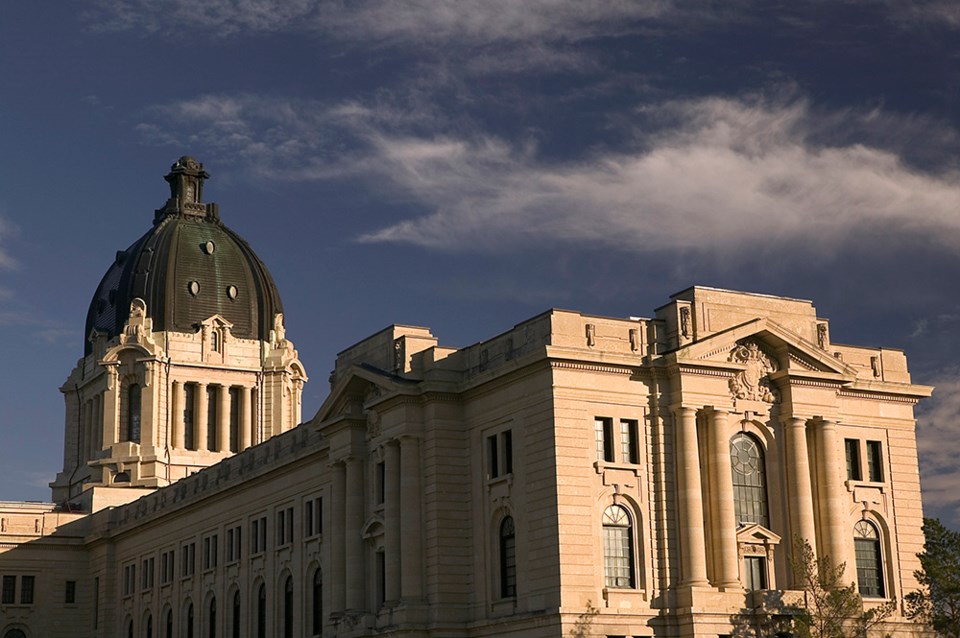Alberta has a new premier.
That should be a big deal, but it’s a story we’ve heard a lot since 2006.
Danielle Smith was sworn in Tuesday as the 19th premier in that province’s history, just a few days after winning a leadership race that needed to go down to the fifth and final ballot. The margin of victory, with just 53.6 per cent of the vote for Smith on that last ballot, wasn`t exactly a ringing endorsement, either.
With less than a year until the next provincial election, she’s going to have work to do to win over supporters of the United Conservative Party and the voters in general.
Smith is also the seventh different premier to guide Alberta since the conclusion of Ralph Klein’s tenure in 2006. Compare that with the previous 35 years, when Alberta had just three premiers: Klein, Don Getty and Peter Lougheed.
(Yes, one of the recent premiers in Alberta was a six-month interim person after the resignation of Allison Redford in 2014, but still, Alberta is a province that has had suffered from a revolving door problem for some time).
Meanwhile in Saskatchewan, we’ve been fortunate to have had stability. You might not like our current premier or his predecessors, but at least nobody has been forced to step down.
Our current premier, Scott Moe, has been in power for over 4 1/2 years. Yes, it’s hard to believe that Moe has been guiding our province since the winter of 2018. Prior to that, Brad Wall was the premier for over a decade. Lorne Calvert was at the helm for 6 1/2 years, which is a relatively short tenure for a Saskatchewan premier, but a long time compared to what we`ve seen in Alberta since the end of King Ralph’s tenure.
Alberta has now had seven premiers in the past 16 years. Saskatchewan has had seven premiers in the past 58 years.
So why is this history and mathematics lesson important? A couple of reasons.
One, constant changes at the top send a bad message to voters. If a leader has to step down partway through a term (especially if it’s the first or second term) then it means there’s likely a reason, such as a scandal, a rift within the party or a sign of incompetence. It means the party knows they can’t get re-elected with the incumbent, so they need to turn to someone else.
It also sends a bad message to investors. Business people like stability. They don’t want to build a rapport with a political leader, only to have to start over with a new premier and their cabinet, and wonder if the new leadership will have the same priorities and policies.
Alberta obviously has so much going for it, but the unpredictability can be frustrating.
The days of having someone serve as premier (or prime minister) for 14 years – like Lougheed and Klein – are likely over. Ten years is a long time to spend in that role. Both Romanow and Wall served as premier for a little more than a decade in this province.
Thanks to 24-hour news channels and social media, it doesn`t take long for the leader who was new and fresh to become stale in the eyes of many. Often voters will vote a party out because they feel it`s time for a change at the top.
It`s the same story at the federal level. It’s one of the reasons why the Conservative Party won the 2006 federal election. It’s part of the reason why the Tories lost the 2015 federal election.
But there’s a difference between having a leader that people want to see, and having someone in charge who is stale.
Saskatchewan has managed to have that balance. Alberta used to have that balance. And our neighbours to the west will face challenges until it finds that balance again



